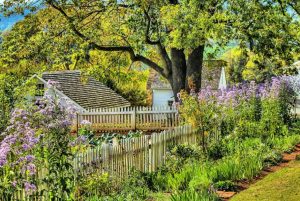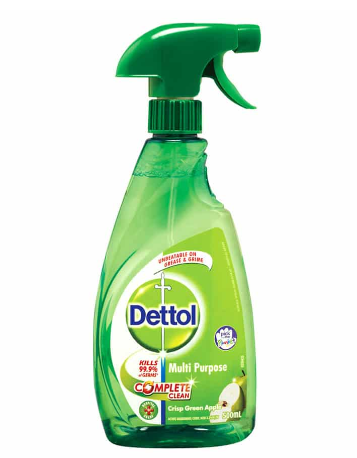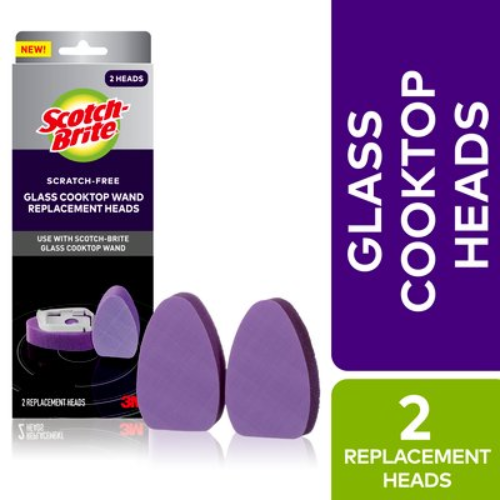How to Make Your Bathroom and Kitchen Safer for Older Adults

Are you thinking of living independently when getting older? That’s great. In fact, there are a lot of benefits of independent living for seniors. But it’ll also come with some challenges. Bathrooms and kitchens are high-risk areas for older adults, with slips and falls occurring more often than anywhere else in the home. Making these spaces safer can significantly improve confidence and independence. Even small changes like better lighting or grab bars can prevent injuries and make daily tasks easier. Safety upgrades don’t have to be elaborate—they just need to be practical. A home designed with older adults in mind keeps life moving smoothly.
Install Grab Bars and Support Rails
Bathrooms are notorious for slips, especially near the shower or bathtub. Adding grab bars at key points provides support when entering or exiting. Handrails along stairways or near steps reduce the chance of sudden falls. Properly placed supports help seniors move confidently without fear. It’s important to anchor bars securely and position them within easy reach. A simple pull on a bar can prevent a major fall. Bars can also give peace of mind to caregivers. Small structural upgrades make daily routines far safer.
Add Non-Slip Flooring and Mats
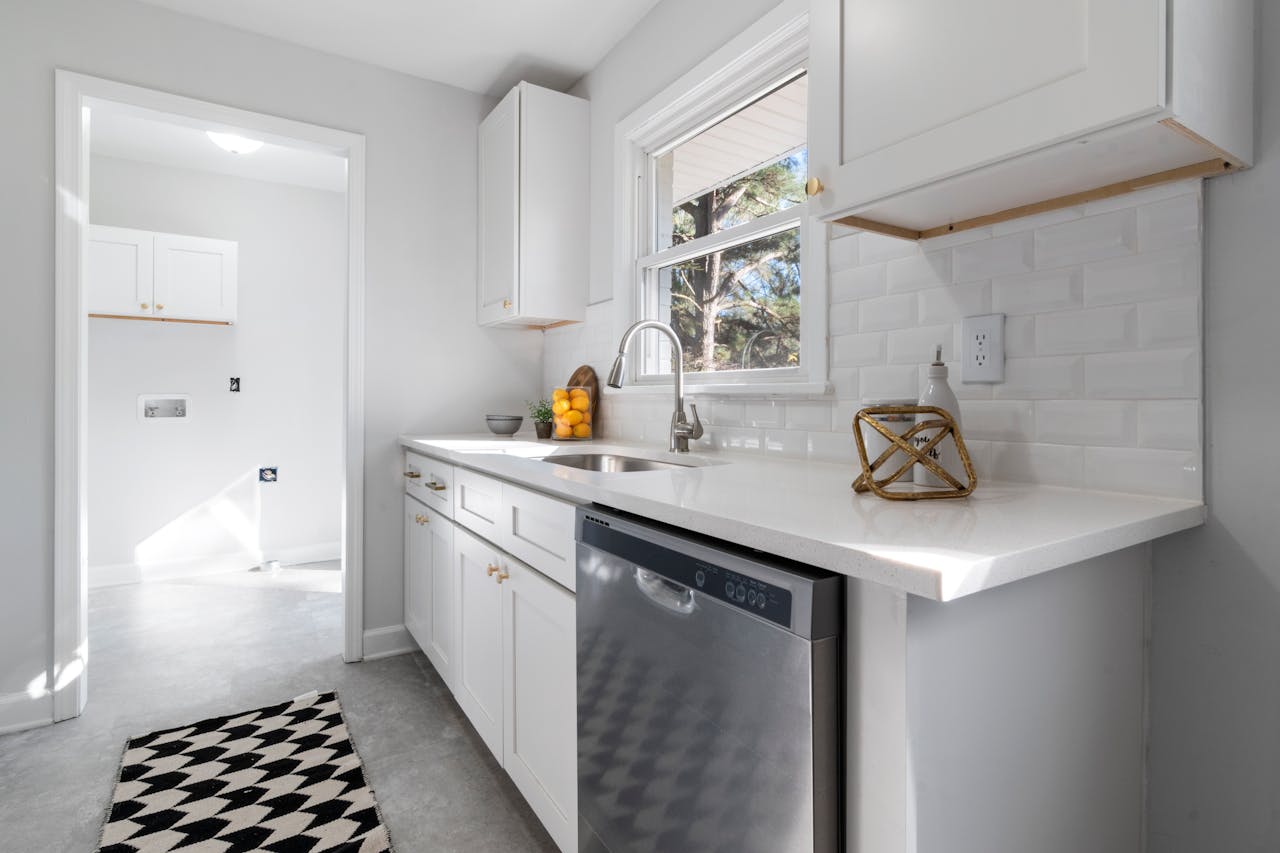
Slippery surfaces are a leading cause of accidents among older adults. Installing non-slip flooring in kitchens and bathrooms lowers risk significantly. Anti-slip mats inside the shower and near sinks add extra traction. Well-chosen textures keep footing stable even if water spills. Lighting works hand-in-hand with flooring. Bright, glare-free lights allow seniors to see wet spots or uneven tiles. Motion-sensor lights can help during nighttime trips to the bathroom. Together, these adjustments prevent accidents before they happen.
Upgrade Faucets and Handles
Traditional knobs can be difficult for seniors with arthritis or reduced grip strength. Lever-style faucets and easy-turn handles reduce strain and make water control simpler. Touchless faucets add convenience while minimizing the risk of scalds. Simple hardware changes improve usability without major renovations. Cabinet handles can also be upgraded to lever designs. Pulls that are easier to grip prevent unnecessary bending or stretching. Daily chores become less of a struggle, which encourages independence. Functional adjustments keep routine tasks comfortable and safe.
Improve Lighting and Visibility

Poor lighting contributes to trips, slips, and disorientation. Install bright, even lighting over countertops, sinks, and around the bathtub. Nightlights in hallways or bathroom entrances provide guidance during nighttime visits. Seniors can navigate spaces without fear or hesitation. Shadows and glare can still pose hazards, so consider diffused lighting. Adjustable brightness or motion-activated lights add convenience. Clear visibility helps seniors maintain confidence in daily tasks. Effective lighting reduces accidents and supports independence.
Consider Walk-In Showers and Step-Free Entryways
Traditional tubs can be challenging for seniors to enter safely. Walk-in showers or curbless designs eliminate the need to lift legs over high edges. Adding foldable shower seats allows safe bathing without fatigue or balance issues. Handheld showerheads improve control and reduce the risk of slips. Step-free entrances in kitchens or bathrooms further enhance mobility. Seniors can enter freely without relying on support or assistance. Outdoor ramps or gentle transitions maintain accessibility throughout the home. Combining these renovations creates a safer, more manageable environment for daily living.
Making bathrooms and kitchens safer for older adults requires practical adjustments, from grab bars to step-free entries. Each upgrade contributes to confidence, mobility, and independence. Thoughtful design ensures seniors can live comfortably at home while minimizing risk. Safety and convenience together create an environment where older adults can thrive.…

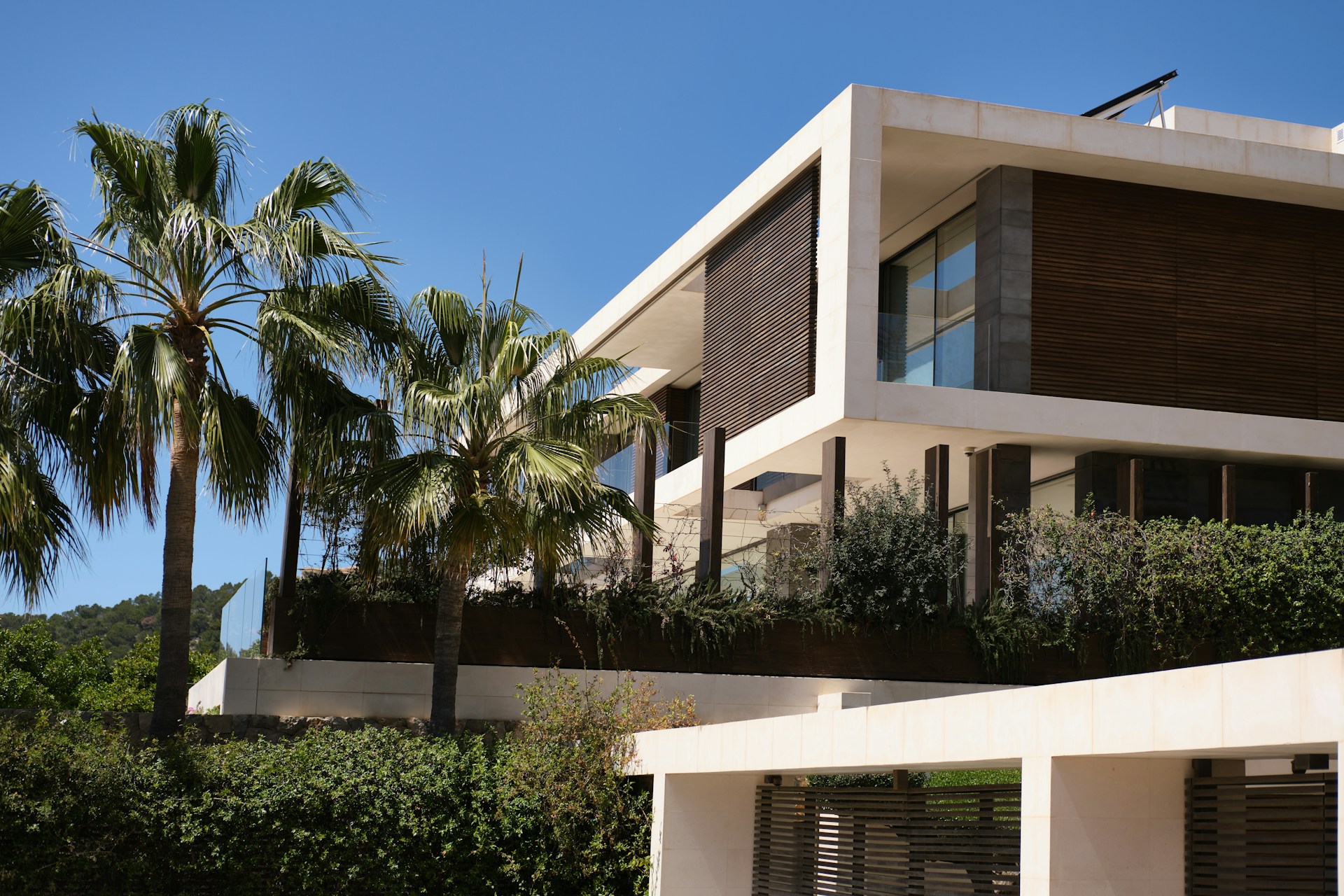
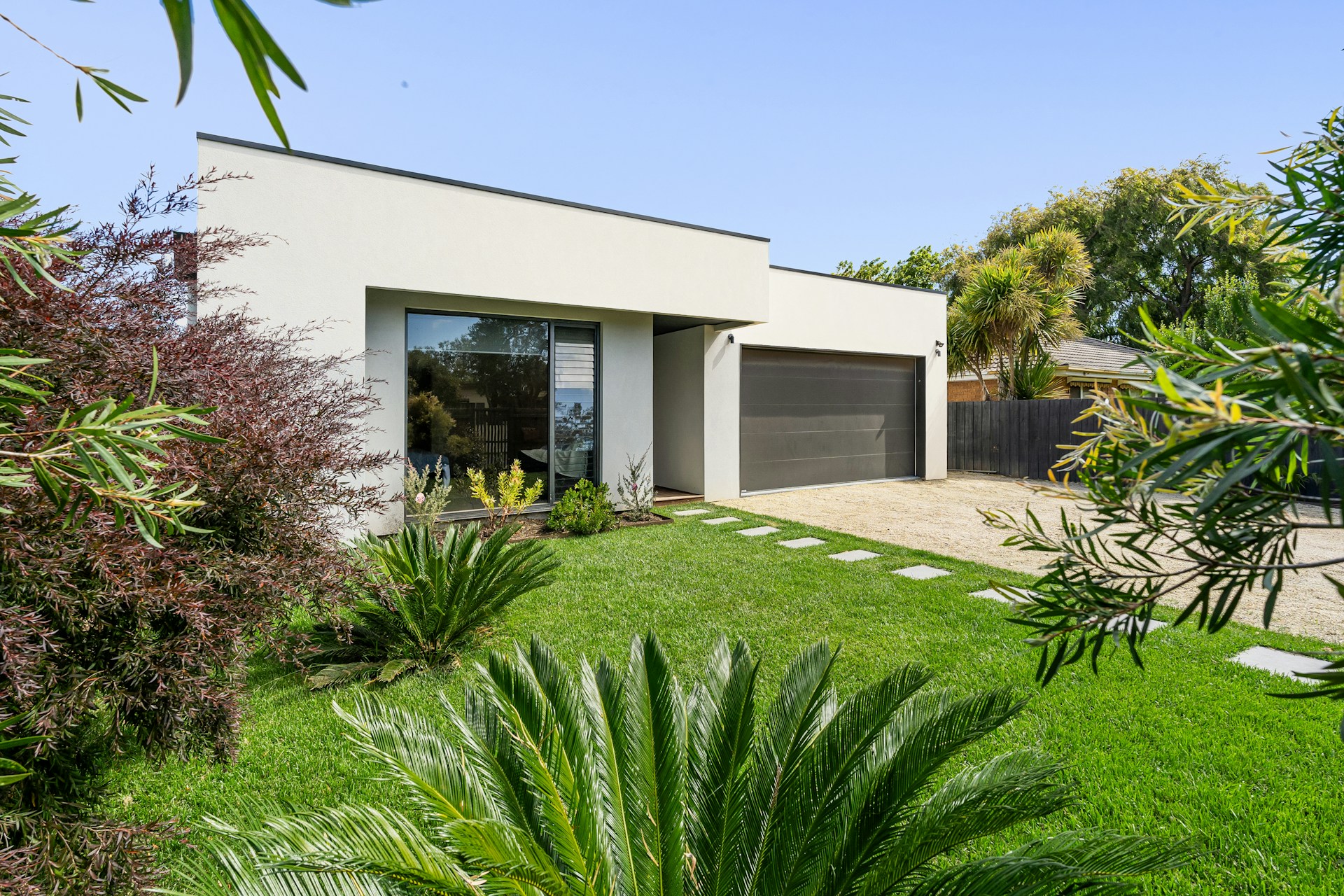
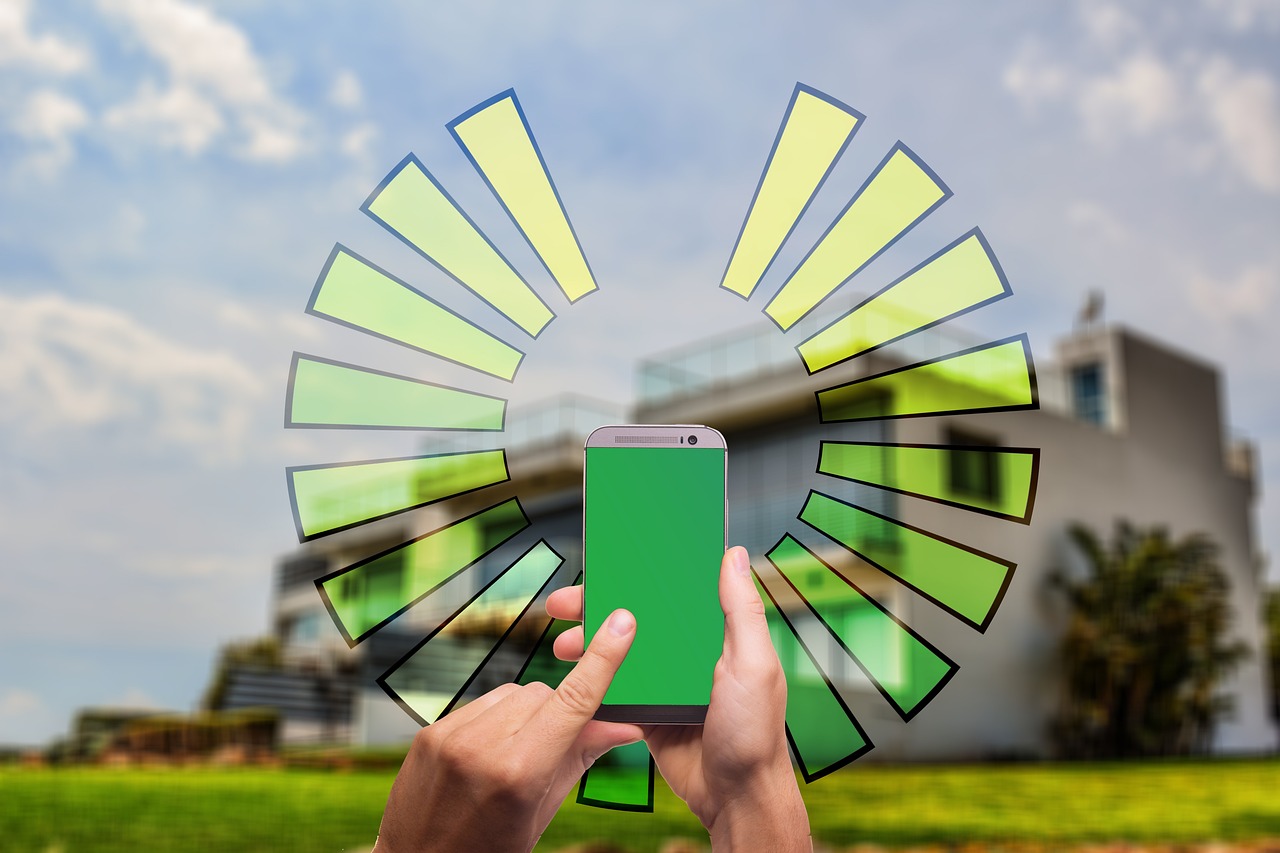
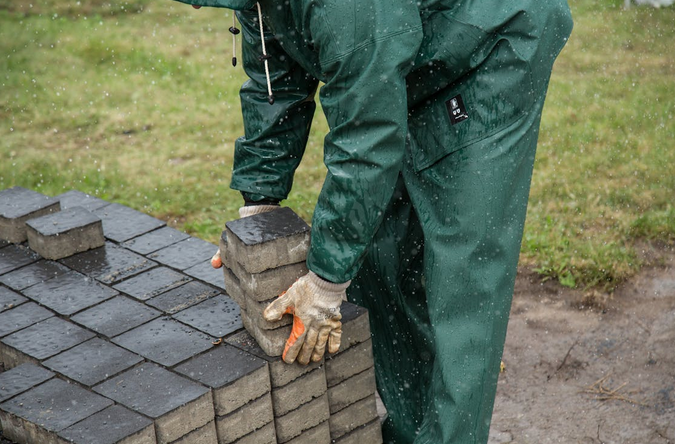
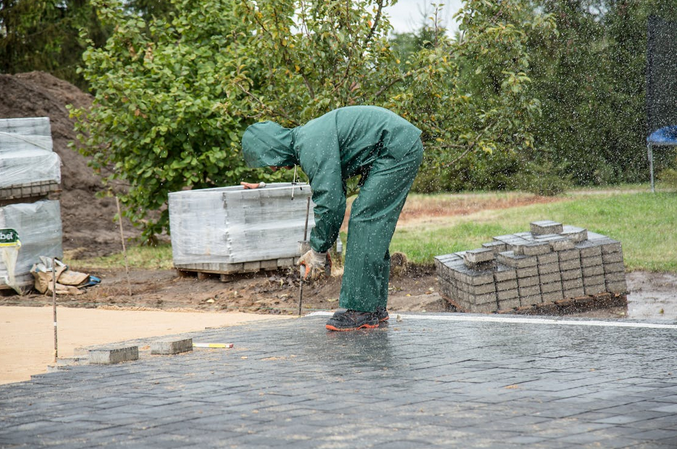
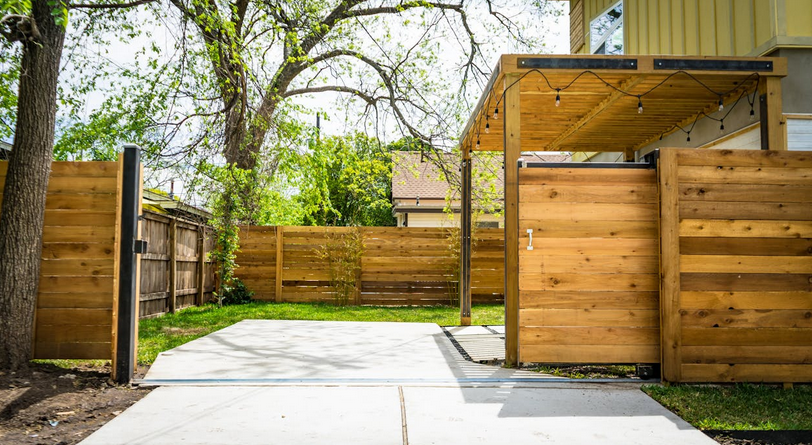
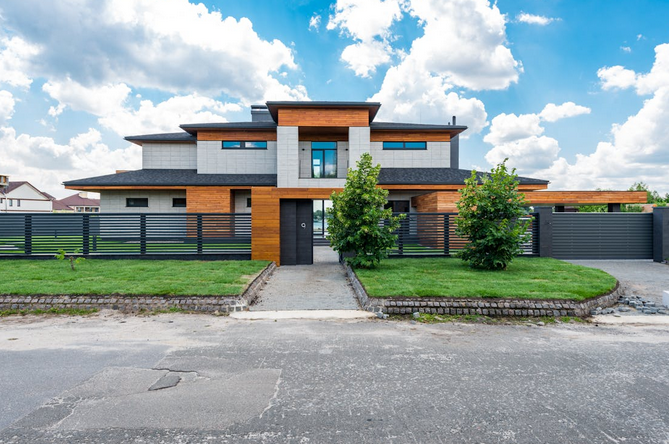
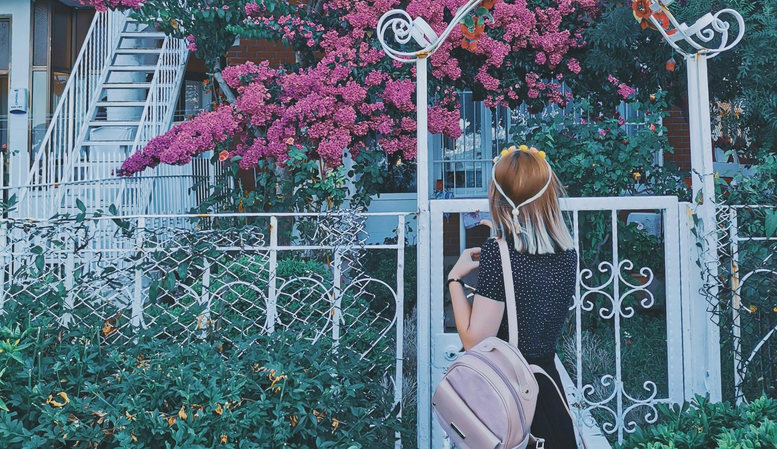
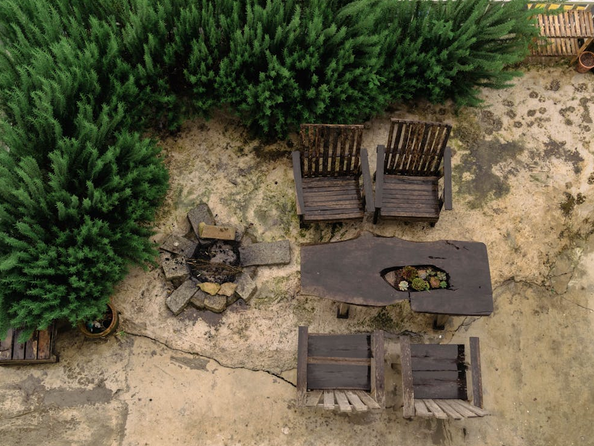
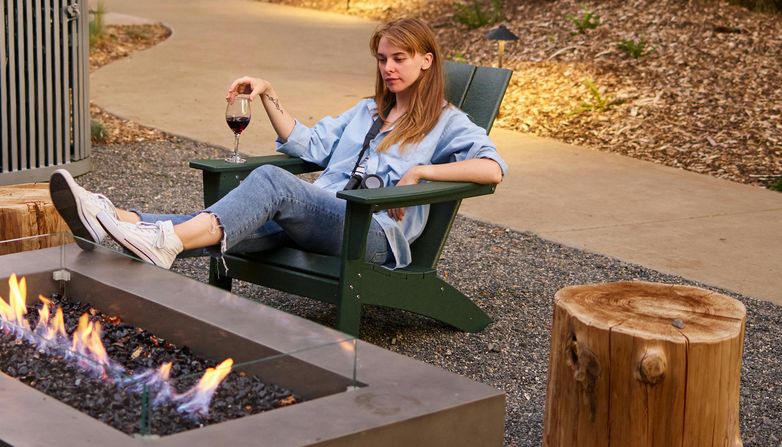


 Reliable movers know the London landscape like the back of their hand. They’ve likely done hundreds of moves in your neighbourhood, and that experience shows. From figuring out the best loading zones to estimating how long a job will take (not just in theory), seasoned movers are pros at navigating the unexpected. You won’t have to explain that your street is one-way and your building has no lift—they’ll already be prepared.
Reliable movers know the London landscape like the back of their hand. They’ve likely done hundreds of moves in your neighbourhood, and that experience shows. From figuring out the best loading zones to estimating how long a job will take (not just in theory), seasoned movers are pros at navigating the unexpected. You won’t have to explain that your street is one-way and your building has no lift—they’ll already be prepared.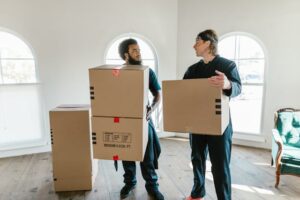 Moving day doesn’t have to be a whirlwind of anxiety. With reliable movers, you can focus on getting settled into your new space instead of directing traffic and worrying about lost boxes. They’ll take care of the logistics while you think about more
Moving day doesn’t have to be a whirlwind of anxiety. With reliable movers, you can focus on getting settled into your new space instead of directing traffic and worrying about lost boxes. They’ll take care of the logistics while you think about more 
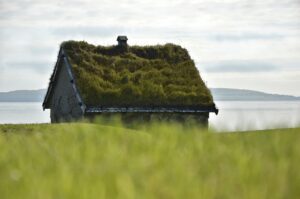 One of the standout benefits of living roofs is their ability to improve a building’s energy efficiency. Green roofs act as natural insulators, helping to keep your home cool in the summer and warm in the winter. This means less reliance on heating and cooling systems, which can lead to significant energy savings over time. In urban areas, green roofs also help to combat the “urban heat island” effect, where cities become significantly warmer than surrounding areas due to the concentration of heat-absorbing materials like concrete and asphalt.
One of the standout benefits of living roofs is their ability to improve a building’s energy efficiency. Green roofs act as natural insulators, helping to keep your home cool in the summer and warm in the winter. This means less reliance on heating and cooling systems, which can lead to significant energy savings over time. In urban areas, green roofs also help to combat the “urban heat island” effect, where cities become significantly warmer than surrounding areas due to the concentration of heat-absorbing materials like concrete and asphalt. Believe it or not, covering your roof with vegetation can actually help extend its lifespan. The layers of soil and plants on a green roof protect the underlying roofing materials from the damaging effects of UV radiation, extreme temperatures, and weather fluctuations. This means less wear and …
Believe it or not, covering your roof with vegetation can actually help extend its lifespan. The layers of soil and plants on a green roof protect the underlying roofing materials from the damaging effects of UV radiation, extreme temperatures, and weather fluctuations. This means less wear and …

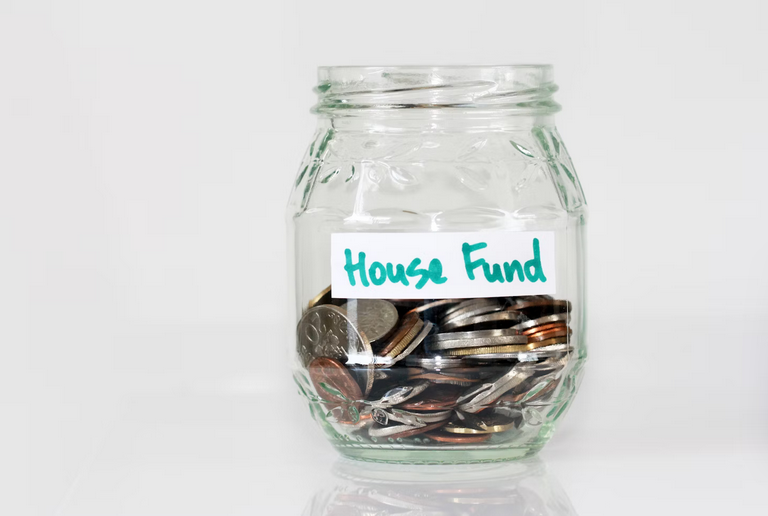

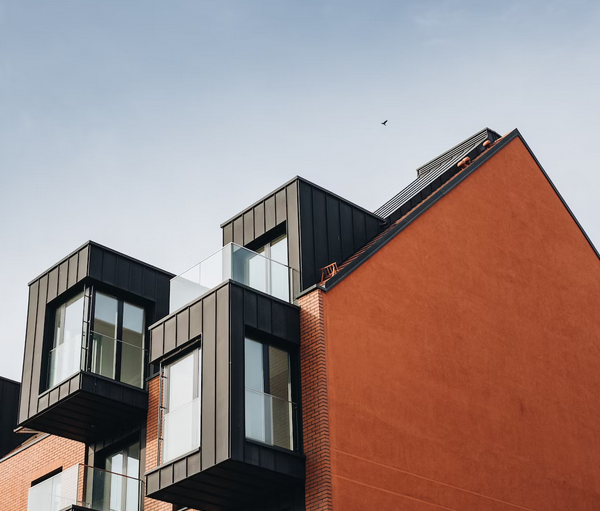
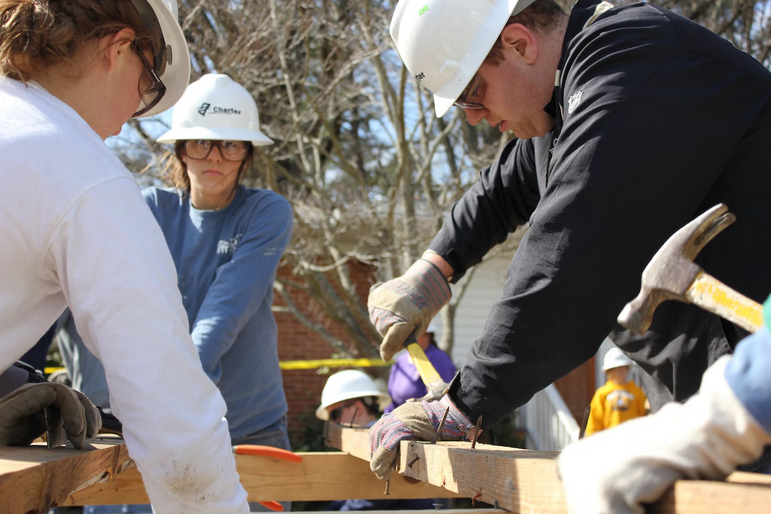
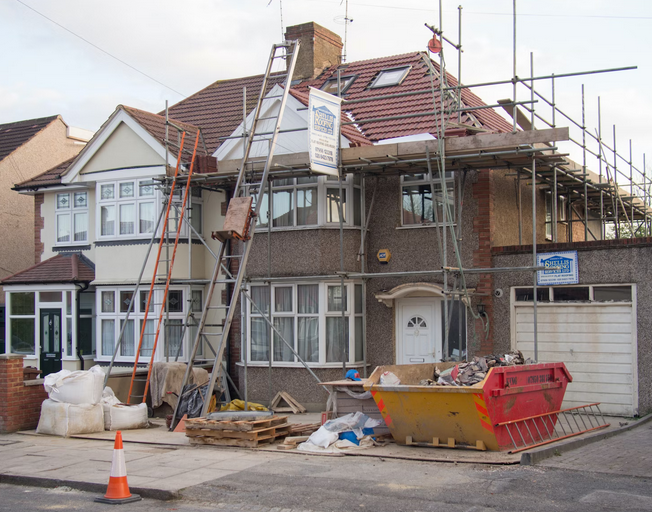

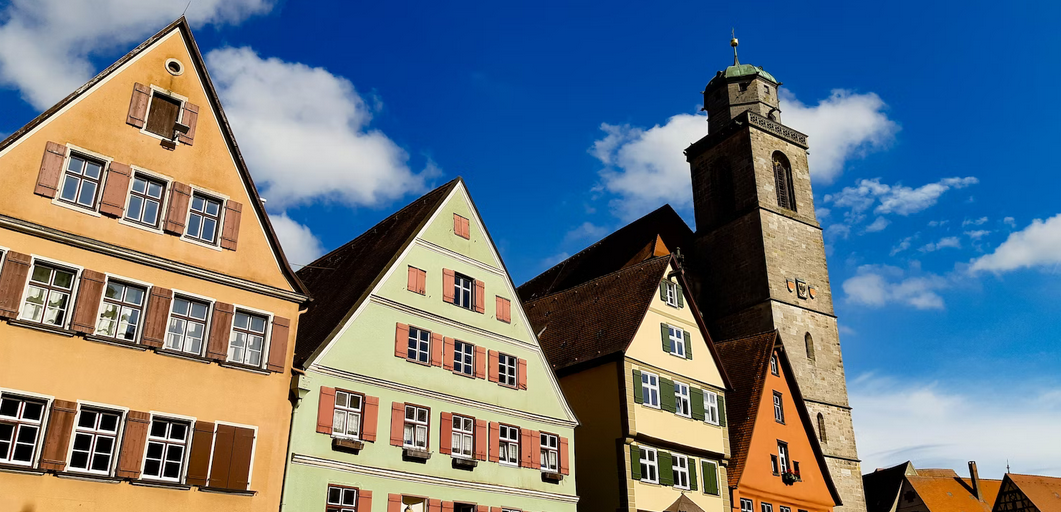
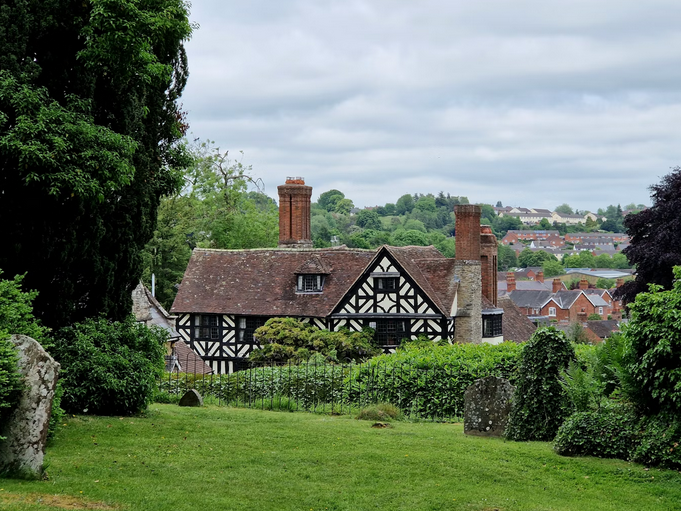
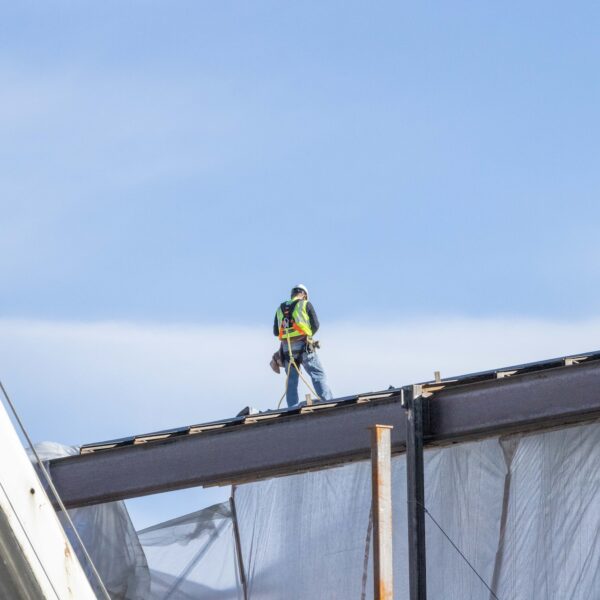
 Did you know that a well-maintained roof acts as a barrier against external temperature fluctuations, keeping your indoor climate more stable and comfortable throughout the year? When your roof is in good condition, it helps prevent air leaks and heat transfer. This means that during hot summer months, cool air from your HVAC system won’t escape through gaps or cracks in the roof. Similarly, during chilly winter months, warm air will be retained inside rather than seeping out.
Did you know that a well-maintained roof acts as a barrier against external temperature fluctuations, keeping your indoor climate more stable and comfortable throughout the year? When your roof is in good condition, it helps prevent air leaks and heat transfer. This means that during hot summer months, cool air from your HVAC system won’t escape through gaps or cracks in the roof. Similarly, during chilly winter months, warm air will be retained inside rather than seeping out.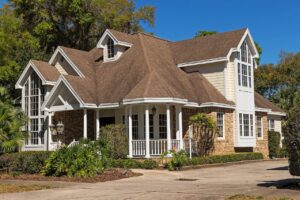 Aside from that, a well-maintained roof can last much longer than one that is neglected and left to deteriorate over time. Let me explain. Regular inspections and maintenance allow you to identify any potential issues early on, such as damaged shingles or leaks. By addressing these problems promptly, you can prevent them from escalating into larger and more expensive repairs down the line. Cleaning your roof regularly also plays a key role in extending its lifespan.
Aside from that, a well-maintained roof can last much longer than one that is neglected and left to deteriorate over time. Let me explain. Regular inspections and maintenance allow you to identify any potential issues early on, such as damaged shingles or leaks. By addressing these problems promptly, you can prevent them from escalating into larger and more expensive repairs down the line. Cleaning your roof regularly also plays a key role in extending its lifespan.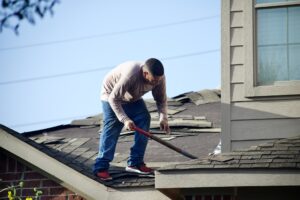 Neglecting
Neglecting 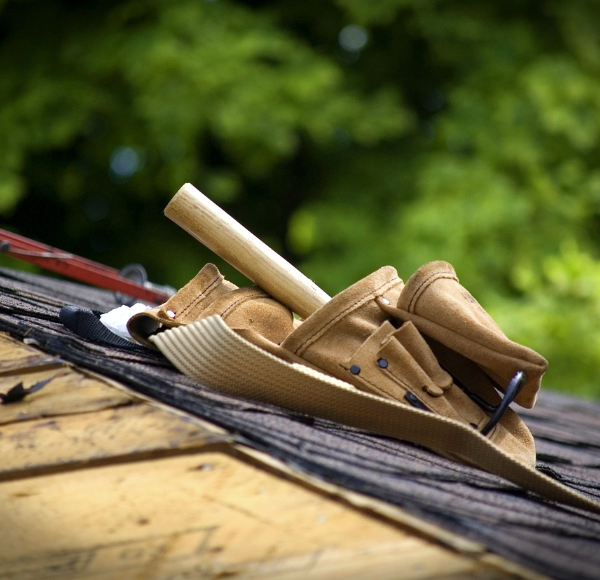
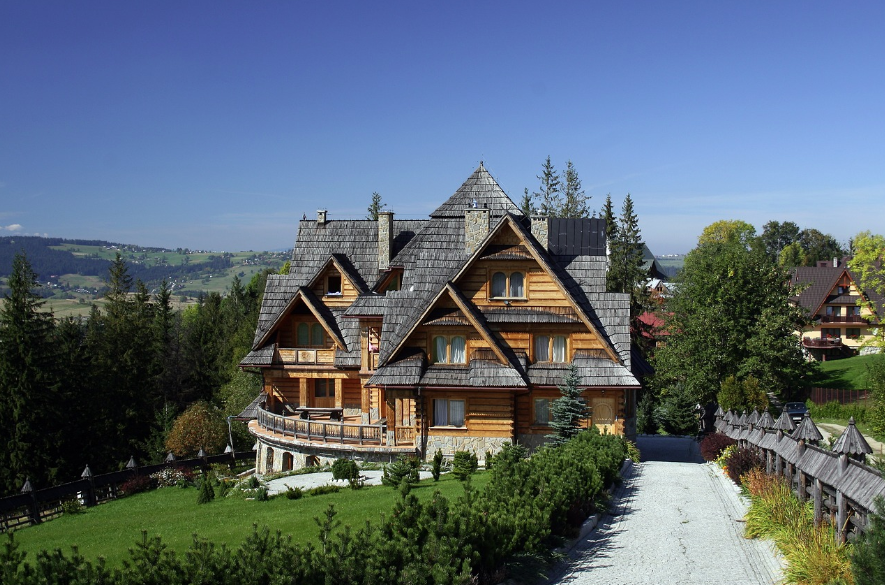 When it comes to something as important as your roof, quality workmanship is non-negotiable. Hiring professionals for roof installation guarantees that the job will be done with precision and expertise. These skilled individuals have years of experience under their tool belts, allowing them to tackle even the most complex roofing projects with confidence.
When it comes to something as important as your roof, quality workmanship is non-negotiable. Hiring professionals for roof installation guarantees that the job will be done with precision and expertise. These skilled individuals have years of experience under their tool belts, allowing them to tackle even the most complex roofing projects with confidence. When it comes to roof installation, one crucial aspect that often gets overlooked is compliance with building codes. Building codes are a set of regulations and standards that ensure the safety and structural integrity of buildings. Hiring professionals for your roof installation ensures that all the necessary building codes are followed. Professional roofers have in-depth knowledge of local building codes. They stay up-to-date with any changes or updates made by authorities, ensuring your new roof meets all the required specifications. Professionals understand the importance of obtaining proper permits before starting any construction work.
When it comes to roof installation, one crucial aspect that often gets overlooked is compliance with building codes. Building codes are a set of regulations and standards that ensure the safety and structural integrity of buildings. Hiring professionals for your roof installation ensures that all the necessary building codes are followed. Professional roofers have in-depth knowledge of local building codes. They stay up-to-date with any changes or updates made by authorities, ensuring your new roof meets all the required specifications. Professionals understand the importance of obtaining proper permits before starting any construction work.


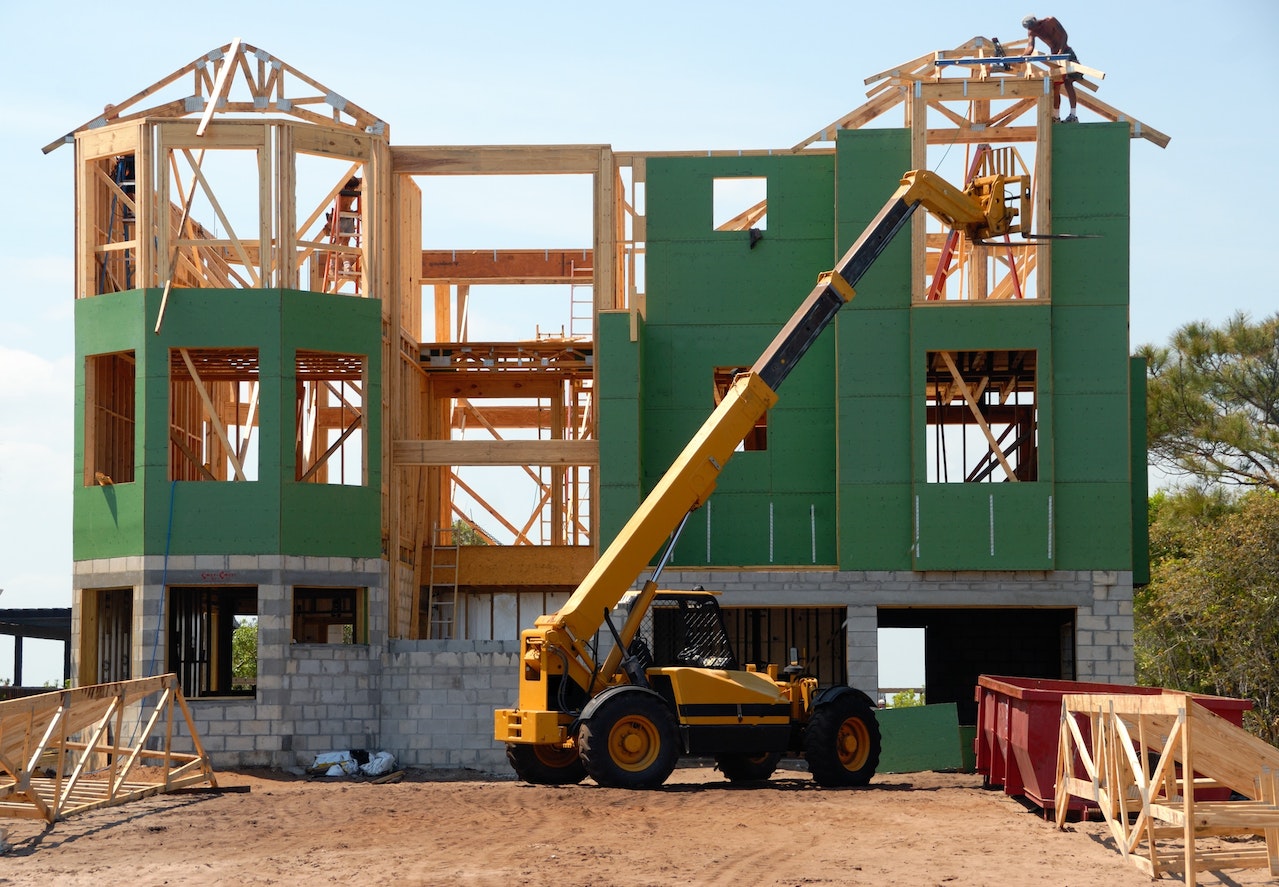
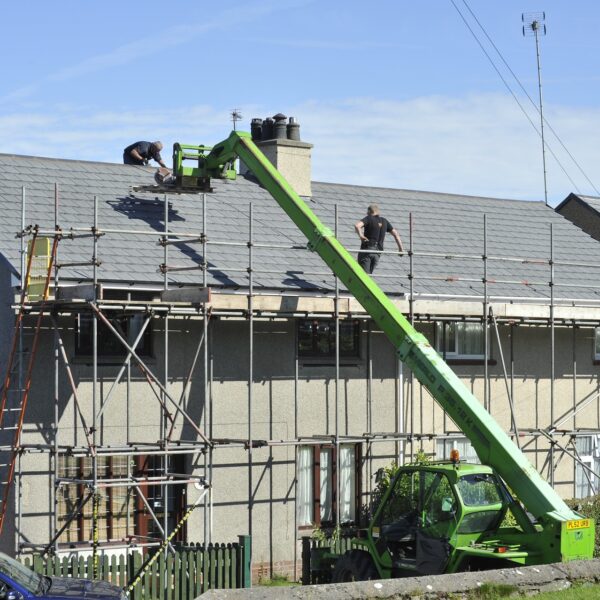
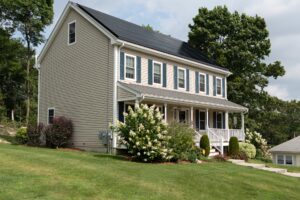 Solar roofing has gained significant traction in recent years, and for good reason. This innovative technology integrates solar panels directly into the roof materials, allowing homeowners to harness the power of the sun to generate electricity. Solar roofing not only reduces reliance on traditional energy sources but also offers potential savings on utility bills. Additionally, excess energy generated can be stored or sold back to the grid, making solar roofing a financially viable and environmentally friendly option.
Solar roofing has gained significant traction in recent years, and for good reason. This innovative technology integrates solar panels directly into the roof materials, allowing homeowners to harness the power of the sun to generate electricity. Solar roofing not only reduces reliance on traditional energy sources but also offers potential savings on utility bills. Additionally, excess energy generated can be stored or sold back to the grid, making solar roofing a financially viable and environmentally friendly option.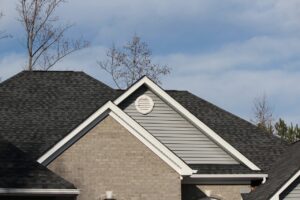 Cool roofs are a smart and sustainable solution for homeowners concerned about energy efficiency. These roofs are designed to reflect more sunlight and absorb less heat than traditional roofs. By reducing heat transfer into the building, cool roofs help lower indoor temperatures, decrease the need for air conditioning, and reduce energy consumption. Cool roofs typically have light-colored surfaces and are constructed with materials that possess high solar reflectance and thermal emittance. This combination makes them an effective and environmentally friendly choice.
Cool roofs are a smart and sustainable solution for homeowners concerned about energy efficiency. These roofs are designed to reflect more sunlight and absorb less heat than traditional roofs. By reducing heat transfer into the building, cool roofs help lower indoor temperatures, decrease the need for air conditioning, and reduce energy consumption. Cool roofs typically have light-colored surfaces and are constructed with materials that possess high solar reflectance and thermal emittance. This combination makes them an effective and environmentally friendly choice.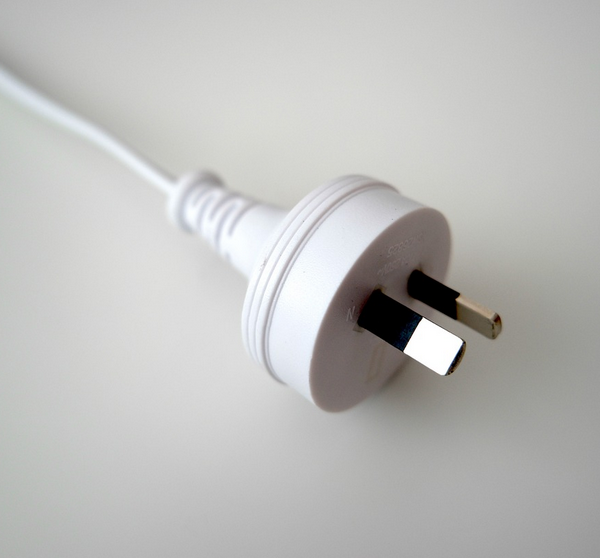
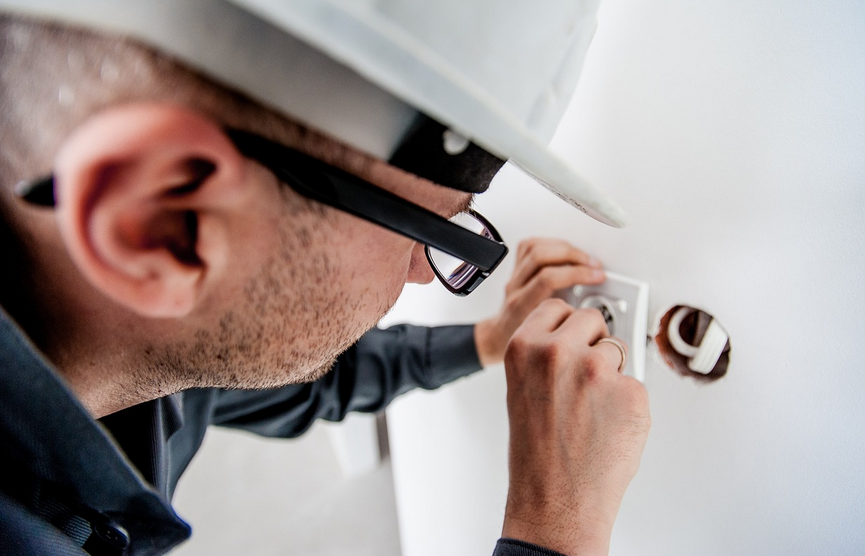
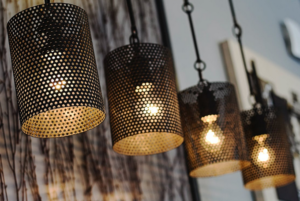 When planning the electrical layout of your home, it’s important to think about lighting types and choices. Lighting can greatly impact the overall look and feel of a room, so it pays to consider what kind of lighting will work best for each space. Firstly, consider the function of each room. A bright overhead light may be perfect for a kitchen or study area where you need good visibility, but in a bedroom or living room, you might want softer, more ambient lighting options like lamps or dimmer switches. Secondly, take into account natural light sources. If your home has plenty of windows that let in lots of natural light during the day, you may not need as many artificial lights in those rooms.
When planning the electrical layout of your home, it’s important to think about lighting types and choices. Lighting can greatly impact the overall look and feel of a room, so it pays to consider what kind of lighting will work best for each space. Firstly, consider the function of each room. A bright overhead light may be perfect for a kitchen or study area where you need good visibility, but in a bedroom or living room, you might want softer, more ambient lighting options like lamps or dimmer switches. Secondly, take into account natural light sources. If your home has plenty of windows that let in lots of natural light during the day, you may not need as many artificial lights in those rooms.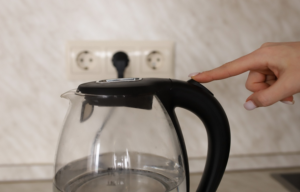 When planning the electrical layout of your home, it’s essential to identify if there are enough power points in certain areas. This may seem minor, but it can make a big difference in how functional and convenient your living space is. Consider which rooms you will frequently use appliances or electronics, such as the kitchen, living room, and bedrooms. These areas should have multiple power outlets for maximum convenience. Additionally, think about where large items such as televisions or entertainment centers will be placed so that they can easily access power sources without having cords running across the floor, creating tripping hazards. It’s also important not to forget about outdoor spaces such as patios or decks when planning for power outlets. Having an outdoor outlet available makes it easy to host events or enjoy time outside with family and friends without worrying about extension cords or finding ways to plug in devices.
When planning the electrical layout of your home, it’s essential to identify if there are enough power points in certain areas. This may seem minor, but it can make a big difference in how functional and convenient your living space is. Consider which rooms you will frequently use appliances or electronics, such as the kitchen, living room, and bedrooms. These areas should have multiple power outlets for maximum convenience. Additionally, think about where large items such as televisions or entertainment centers will be placed so that they can easily access power sources without having cords running across the floor, creating tripping hazards. It’s also important not to forget about outdoor spaces such as patios or decks when planning for power outlets. Having an outdoor outlet available makes it easy to host events or enjoy time outside with family and friends without worrying about extension cords or finding ways to plug in devices.
 One of the most important reasons why you should start growing marijuana at home is because it guarantees better quality than what you would find on the street. Growing your cannabis ensures that you know exactly where the plants come from, so there’s no risk of accidentally buying a strain with unknown genetics or contaminants. Plus, if you grow in an optimal environment, you can produce top-notch buds with high potency and flavor.
One of the most important reasons why you should start growing marijuana at home is because it guarantees better quality than what you would find on the street. Growing your cannabis ensures that you know exactly where the plants come from, so there’s no risk of accidentally buying a strain with unknown genetics or contaminants. Plus, if you grow in an optimal environment, you can produce top-notch buds with high potency and flavor.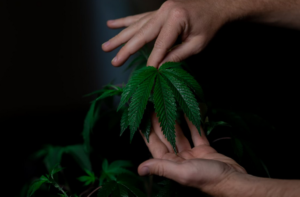 When it comes to growing cannabis, you ultimately control the process. You can choose which strains you want to cultivate and how much time and effort you want to put into the growth. This gives you great satisfaction, knowing that your hard work and dedication have gone into producing the herb. In addition, you can also experiment with different growing methods to find what works best for your unique setup.
When it comes to growing cannabis, you ultimately control the process. You can choose which strains you want to cultivate and how much time and effort you want to put into the growth. This gives you great satisfaction, knowing that your hard work and dedication have gone into producing the herb. In addition, you can also experiment with different growing methods to find what works best for your unique setup.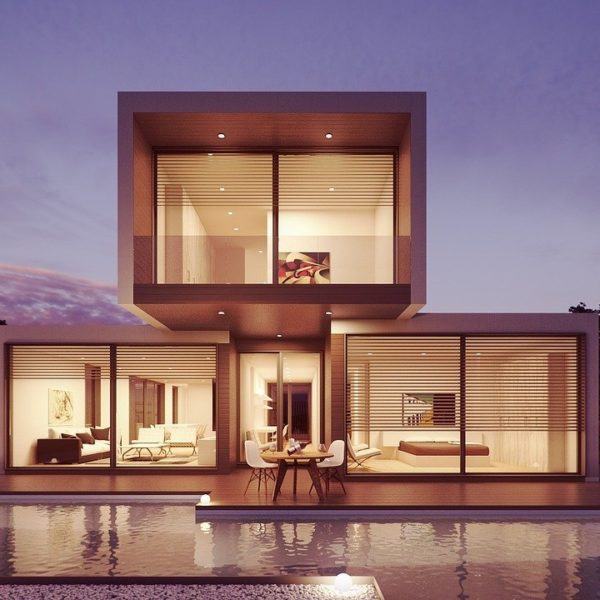
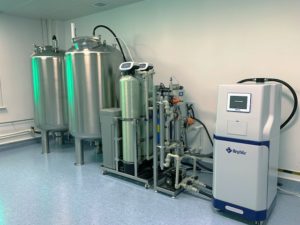 A water filter system is a great addition to any home. Not only does it provide you with clean drinking water, but it can also save you money on your monthly water bill. There are many different types of water filtration systems available on the market, so be sure to do your research before making a purchase. This is so you can ensure that you get the right product for your needs. If you want to know how to find the best water filter system for your home, visit
A water filter system is a great addition to any home. Not only does it provide you with clean drinking water, but it can also save you money on your monthly water bill. There are many different types of water filtration systems available on the market, so be sure to do your research before making a purchase. This is so you can ensure that you get the right product for your needs. If you want to know how to find the best water filter system for your home, visit 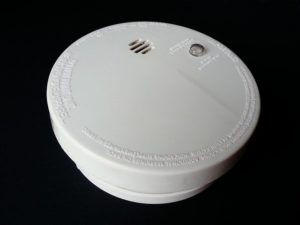 A smoke detector is an important safety device that every home should have. This simple device can save lives by alerting you to the presence of fire or smoke. Be sure to install a smoke detector in every room of your house and the hallways. You should also regularly test your smoke detectors to ensure they are working properly. Many houses have been saved from destruction by smoke detectors, so this is one item that you should not neglect.
A smoke detector is an important safety device that every home should have. This simple device can save lives by alerting you to the presence of fire or smoke. Be sure to install a smoke detector in every room of your house and the hallways. You should also regularly test your smoke detectors to ensure they are working properly. Many houses have been saved from destruction by smoke detectors, so this is one item that you should not neglect.
 The first step is to visit the project site. This will give you a good idea of the size of the job and how much work will be required. It’s also essential to estimate how long it will take to complete the job. As you can see the house you’re going to work on, you will get an idea of the total area that needs to be covered with paint. Aside from that, you can also see if the walls need to be resurfaced that much before painting or not. It can be such a deal-breaker, so think about it. These will help you determine the amount of paint and other materials you will need.
The first step is to visit the project site. This will give you a good idea of the size of the job and how much work will be required. It’s also essential to estimate how long it will take to complete the job. As you can see the house you’re going to work on, you will get an idea of the total area that needs to be covered with paint. Aside from that, you can also see if the walls need to be resurfaced that much before painting or not. It can be such a deal-breaker, so think about it. These will help you determine the amount of paint and other materials you will need. Now that you know how to estimate the total cost of painting a house, it’s time to get the final calculation done. To do this, you need to add the costs of paints, materials, and labor. You also need to add your markup and contingency fee (if applicable). Once you have all the costs, you can calculate the final price. That’s why it’s essential to get quotes from different painting contractors so you can compare the prices.
Now that you know how to estimate the total cost of painting a house, it’s time to get the final calculation done. To do this, you need to add the costs of paints, materials, and labor. You also need to add your markup and contingency fee (if applicable). Once you have all the costs, you can calculate the final price. That’s why it’s essential to get quotes from different painting contractors so you can compare the prices.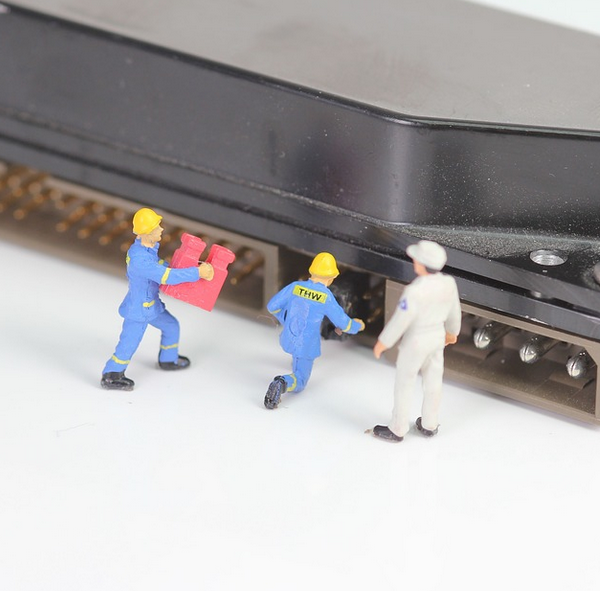
 One quality to look for in an appliance repair company is personal service. This means that the company should take the time to get to know you and your needs. They should be able to provide you with a personalized experience that meets your specific needs. A great appliance repair company will make you feel like they genuinely care about their customers and satisfaction. In addition, they should be available to answer any questions you may have.
One quality to look for in an appliance repair company is personal service. This means that the company should take the time to get to know you and your needs. They should be able to provide you with a personalized experience that meets your specific needs. A great appliance repair company will make you feel like they genuinely care about their customers and satisfaction. In addition, they should be available to answer any questions you may have. The next quality to look for is incredible product knowledge. This means that the company should have a deep understanding of the products they are repairing. They should be able to answer any questions you have about the repair process and the appliance itself. In addition, they should be able to provide you with tips and advice on how to maintain your device. A great appliance repair company will always put their customers first and ensure they are satisfied with the results by offering great knowledge.
The next quality to look for is incredible product knowledge. This means that the company should have a deep understanding of the products they are repairing. They should be able to answer any questions you have about the repair process and the appliance itself. In addition, they should be able to provide you with tips and advice on how to maintain your device. A great appliance repair company will always put their customers first and ensure they are satisfied with the results by offering great knowledge.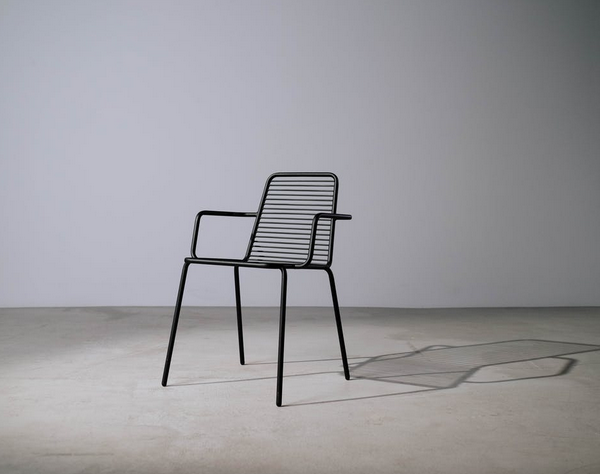
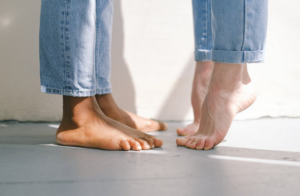 Concrete flooring is a type of flooring that is made from concrete. This material is solid and durable, making it an excellent option for flooring. Concrete flooring can be polished to create a beautiful shine or left with a natural finish. Moreover, concrete is made from cement, aggregate, and water. It means that it is a very sturdy material that can withstand wear and tear. Concrete flooring is a popular choice for many homeowners because it is affordable and durable.
Concrete flooring is a type of flooring that is made from concrete. This material is solid and durable, making it an excellent option for flooring. Concrete flooring can be polished to create a beautiful shine or left with a natural finish. Moreover, concrete is made from cement, aggregate, and water. It means that it is a very sturdy material that can withstand wear and tear. Concrete flooring is a popular choice for many homeowners because it is affordable and durable. So that you’ve known what
So that you’ve known what 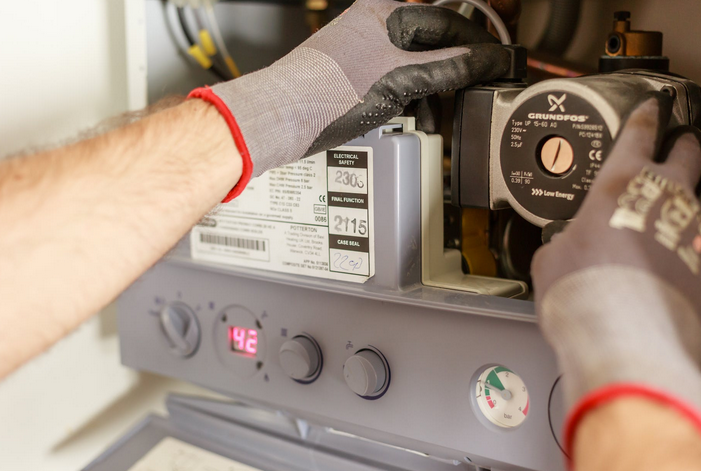
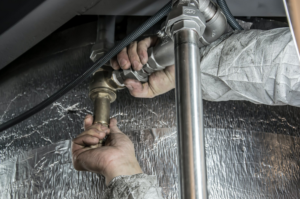 You must select a plumber with the experience and qualifications necessary to handle your specific repair or installation. Ask the plumber about their experience with the type of plumbing issue you are experiencing.
You must select a plumber with the experience and qualifications necessary to handle your specific repair or installation. Ask the plumber about their experience with the type of plumbing issue you are experiencing. Although plumbing may seem like an easy trade to some, it’s a skilled profession that takes many years of practice to perfect. That’s why it’s crucial only to hire a licensed and insured plumber to work on your home plumbing system.
Although plumbing may seem like an easy trade to some, it’s a skilled profession that takes many years of practice to perfect. That’s why it’s crucial only to hire a licensed and insured plumber to work on your home plumbing system.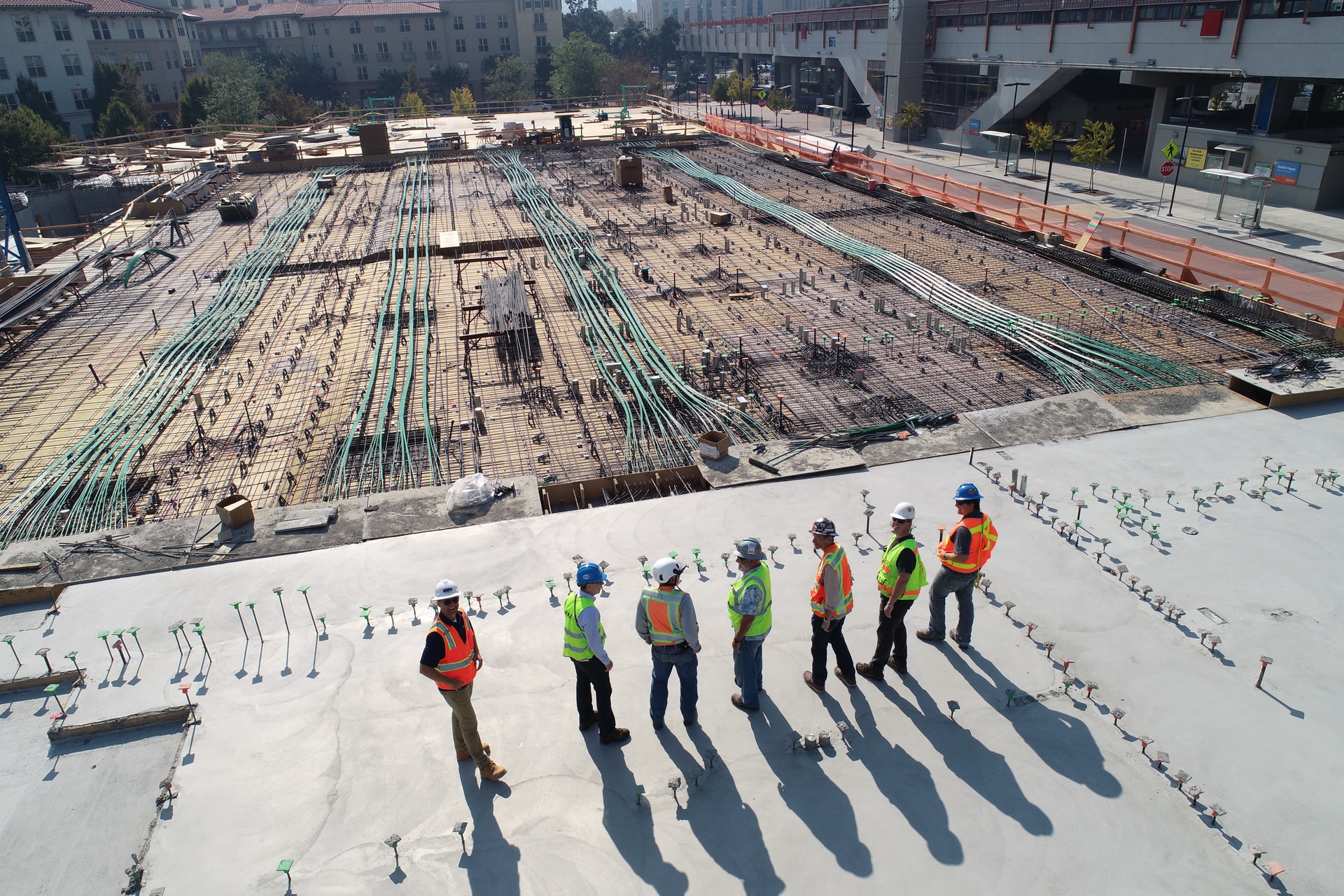
 If you’re not familiar with construction, it’s essential to do your research before starting a project. It includes learning about the different stages of construction, what permits are needed, and how long the entire process will take. It’s also crucial to create a realistic budget and timeline for your commercial construction project. It will help avoid any surprises down the road. When creating your budget, be sure to include the cost of materials, labor, and permits.
If you’re not familiar with construction, it’s essential to do your research before starting a project. It includes learning about the different stages of construction, what permits are needed, and how long the entire process will take. It’s also crucial to create a realistic budget and timeline for your commercial construction project. It will help avoid any surprises down the road. When creating your budget, be sure to include the cost of materials, labor, and permits.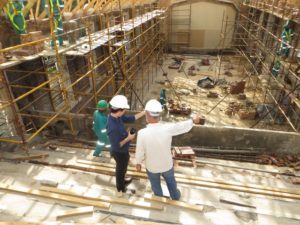 The success of any project depends on good communication. So, it’s essential to have a clear line of communication with your contractor from the start. It means setting up regular meetings and keeping track of the project’s progress. You should also expect updates weekly or monthly, whichever you prefer. It’s also helpful to have your contractor’s email address, cell phone number, and office address. It will make it easy to get in touch with them if you have any questions or concerns along the way!
The success of any project depends on good communication. So, it’s essential to have a clear line of communication with your contractor from the start. It means setting up regular meetings and keeping track of the project’s progress. You should also expect updates weekly or monthly, whichever you prefer. It’s also helpful to have your contractor’s email address, cell phone number, and office address. It will make it easy to get in touch with them if you have any questions or concerns along the way!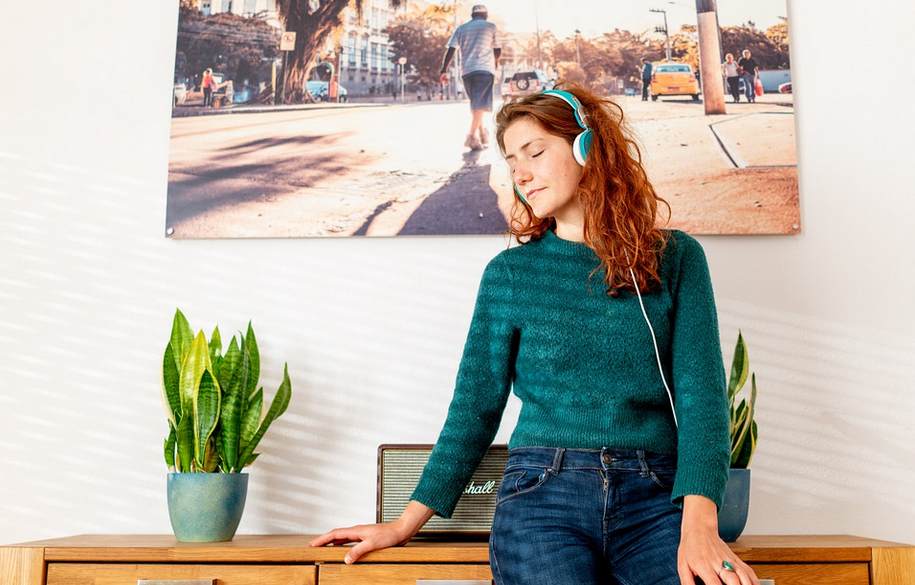
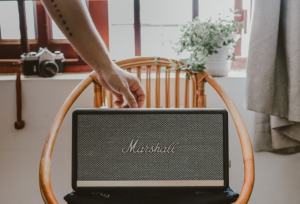 One way to enjoy music is by buying records. Records are like CDs, but some audiophiles believe they sound better than their digital counterparts. Also, some people find it more satisfying to own physical copies of their favorite albums or songs instead of having them stored on a hard drive somewhere. If you’re interested in giving vinyl a try, there are a few things you should keep in mind. First, you’ll need to buy a turntable if you don’t already have one. Second, make sure that the records you believe are in good condition; otherwise, they may not sound as good as they could.
One way to enjoy music is by buying records. Records are like CDs, but some audiophiles believe they sound better than their digital counterparts. Also, some people find it more satisfying to own physical copies of their favorite albums or songs instead of having them stored on a hard drive somewhere. If you’re interested in giving vinyl a try, there are a few things you should keep in mind. First, you’ll need to buy a turntable if you don’t already have one. Second, make sure that the records you believe are in good condition; otherwise, they may not sound as good as they could.
 When designing a stage for an 80s style concert, the most important thing is to decide on a theme. It will help you determine the look and feel of your show. Popular points for 80s style concerts include neon colors, geometric patterns, pop art, and bright blue, green, and pink.
When designing a stage for an 80s style concert, the most important thing is to decide on a theme. It will help you determine the look and feel of your show. Popular points for 80s style concerts include neon colors, geometric patterns, pop art, and bright blue, green, and pink. If you want to make money off of your 80s-themed party, then set up a concession stand. Turn one end of the stage into an area where guests can buy snacks and drinks using their tickets or cash. You could even offer them some neon glow sticks as they walk in! If you want to get creative with it, set up a bar and serve some popular cocktails during the 80s. It will help create an even more authentic atmosphere for your party.
If you want to make money off of your 80s-themed party, then set up a concession stand. Turn one end of the stage into an area where guests can buy snacks and drinks using their tickets or cash. You could even offer them some neon glow sticks as they walk in! If you want to get creative with it, set up a bar and serve some popular cocktails during the 80s. It will help create an even more authentic atmosphere for your party.
 Hiring a nanny or a caretaker can give you some peace of mind when you are away from home due to business or other reasons. They can cook meals, clean the house, do laundry and even provide transportation to doctor appointments or errands around town. The most important thing you should look for in a caregiver is patient with your loved one’s needs. You will find many caregivers who have experience caring for senior citizens but love what they do and take great pride in their work.
Hiring a nanny or a caretaker can give you some peace of mind when you are away from home due to business or other reasons. They can cook meals, clean the house, do laundry and even provide transportation to doctor appointments or errands around town. The most important thing you should look for in a caregiver is patient with your loved one’s needs. You will find many caregivers who have experience caring for senior citizens but love what they do and take great pride in their work. One of the most important things you can do for your elderly loved ones is to have plenty of food and water. They may not cook for themselves or remember to drink enough fluids, so it’s up to you to ensure that they are eating healthy and staying hydrated. You can do this by preparing meals ahead of time and freezing them, buying healthy snacks for your loved one to eat throughout the day, or even getting a service like Meals on Wheels which will deliver fresh food right to their doorstep.…
One of the most important things you can do for your elderly loved ones is to have plenty of food and water. They may not cook for themselves or remember to drink enough fluids, so it’s up to you to ensure that they are eating healthy and staying hydrated. You can do this by preparing meals ahead of time and freezing them, buying healthy snacks for your loved one to eat throughout the day, or even getting a service like Meals on Wheels which will deliver fresh food right to their doorstep.…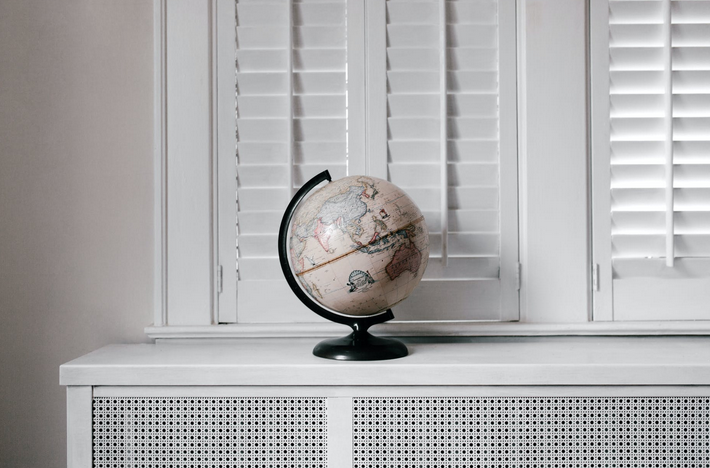
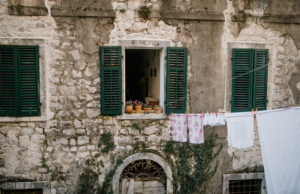 Window blinds come in all shapes and sizes, so it’s essential to measure the space you’re looking to cover before you go shopping. It will help ensure that you get the right size blinds for your windows.
Window blinds come in all shapes and sizes, so it’s essential to measure the space you’re looking to cover before you go shopping. It will help ensure that you get the right size blinds for your windows.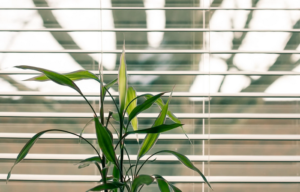 It will help if you have an idea of the style of blinds you want before shopping. Do you want something that’s going to cover up your entire window or just a portion? Are you looking for something sleek and modern or more traditional? There are all sorts of different styles to choose from, so take some time to browse through pictures online or in-home design magazines to get an idea.
It will help if you have an idea of the style of blinds you want before shopping. Do you want something that’s going to cover up your entire window or just a portion? Are you looking for something sleek and modern or more traditional? There are all sorts of different styles to choose from, so take some time to browse through pictures online or in-home design magazines to get an idea. There are a lot of blinds out there, and they vary in price. However, you don’t need to break the bank for good-quality blinds. Fiberglass or faux wood is going to be your best bet if you’re working with a limited budget. The materials are more affordable than real wood while still providing durability and offering plenty of style options.
There are a lot of blinds out there, and they vary in price. However, you don’t need to break the bank for good-quality blinds. Fiberglass or faux wood is going to be your best bet if you’re working with a limited budget. The materials are more affordable than real wood while still providing durability and offering plenty of style options.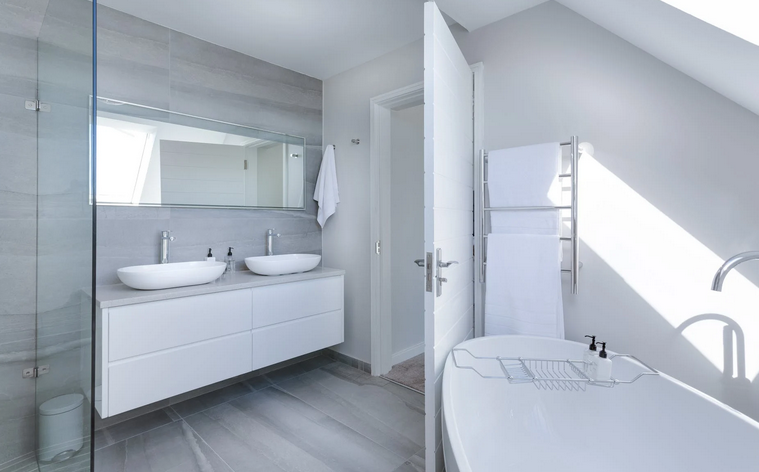
 Tiles are an essential part of the bathroom, and you can choose any design or color that suits your taste. If you want to add a touch of elegance into your space, opt for marble tiles because they look luxurious without having to spend too much money on them. If you already have decent size tiles in your toilet but don’t like their design, you can buy tiles and replace the old ones. It is a cheaper option than getting all new tiles on your walls and ceiling since it will just require some time and effort, but if done right, it’ll look fantastic!
Tiles are an essential part of the bathroom, and you can choose any design or color that suits your taste. If you want to add a touch of elegance into your space, opt for marble tiles because they look luxurious without having to spend too much money on them. If you already have decent size tiles in your toilet but don’t like their design, you can buy tiles and replace the old ones. It is a cheaper option than getting all new tiles on your walls and ceiling since it will just require some time and effort, but if done right, it’ll look fantastic!
 The internet took the human race forward in one massive leap, but it also made us leave behind important things in life, such as emotions, sentiments, and genuineness. There was nothing like getting your friends together for a good old sing-along. The internet has made way for different genres of music and ideas to filter through society. Still, it also takes away from the intimacy that we felt with our favorite musicians in those days.
The internet took the human race forward in one massive leap, but it also made us leave behind important things in life, such as emotions, sentiments, and genuineness. There was nothing like getting your friends together for a good old sing-along. The internet has made way for different genres of music and ideas to filter through society. Still, it also takes away from the intimacy that we felt with our favorite musicians in those days. Well, it was just a few dollars back then. People didn’t have to pay for downloading songs or buying individual tracks because most of them would buy an entire album that they could listen to all day long without getting bored even once! There were no royalties either, so artists got paid according to the contract they signed, and that’s how it should be!
Well, it was just a few dollars back then. People didn’t have to pay for downloading songs or buying individual tracks because most of them would buy an entire album that they could listen to all day long without getting bored even once! There were no royalties either, so artists got paid according to the contract they signed, and that’s how it should be!

 You are responsible for your employee’s health and well-being while they are in the office, and if they suffer an accident from using shaky office desks or sitting in a wobbly chair, then it is your company that will be held liable for any injuries sustained. Therefore it makes sense to invest in new office furniture that ensures maximum safety of employees and doesn’t cause them unnecessary physical aches or pains at work
You are responsible for your employee’s health and well-being while they are in the office, and if they suffer an accident from using shaky office desks or sitting in a wobbly chair, then it is your company that will be held liable for any injuries sustained. Therefore it makes sense to invest in new office furniture that ensures maximum safety of employees and doesn’t cause them unnecessary physical aches or pains at work
 This idea will give a simple concept and zero waste benefits for your garden. You can reuse the various items in your home, such as old boots as a flower pot or bricks for the small fence surrounding your plant and so on. If you love to eat ice cream, don’t throw away the stick. You can Wash them properly, dry them, and then place them as labels for your flowers, crops, and plants. This method is a perfect strategy to name seedlings, so you’ll have no problem identifying them when they grow.
This idea will give a simple concept and zero waste benefits for your garden. You can reuse the various items in your home, such as old boots as a flower pot or bricks for the small fence surrounding your plant and so on. If you love to eat ice cream, don’t throw away the stick. You can Wash them properly, dry them, and then place them as labels for your flowers, crops, and plants. This method is a perfect strategy to name seedlings, so you’ll have no problem identifying them when they grow.